Security over Real Property When a party is seeking a loan from a lending institution such as a bank or a private lender, the lending institution will often require a registered form of security for their loan against an asset of the borrower. This security is the lending party’s way of ensuring that their loan will be repaid. The most common asset that borrower’s offer security against is “Real Property” (meaning a house or apartment that the borrower owns). There are two main forms of security over Real Property, caveats and mortgages. Caveats The term “caveat” is a Latin term that translates to “let him beware”. This means that a caveat acts as a warning for third parties that the lodging party (known as the “Caveator”) has an interest in the land. A caveat prevents the owner of the land from transferring, selling, or otherwise dealing with the property without the prior consent of the Caveator. A caveat can be lodged without the consent of the owner of the land (known as the “registered proprietor”), but the person lodging the caveat is liable for legal and financial penalties if a Court finds that there is no “caveatable interest” (a valid interest). Therefore, a large degree of caution must be exercised before lodging a caveat, and should always be lodged by a Solicitor who confirms that a caveatable interest exists. A caveat can be removed by the consent of the Caveator, or by the registered proprietor lodging a “lapsing notice” which removes the caveat unless the Caveator appeals to the Supreme Court. A caveat used to protect a loan is of course most frequently removed once the loan has been repaid. Mortgages A mortgage is similar to a Caveat, but is a more secure and enforceable type of loan security. This is because a mortgage requires the consent of the registered proprietor to take effect. In most cases, a mortgage provides the lender (known as the “mortgagee”) with the right to sell and repossess the property if the borrower defaults on their payments. A mortgagee often retains the Title Deed to the mortgaged property, which means that in order for the registered proprietor to sell, transfer, or otherwise deal with the property, the mortgagee must consent and provide the Title Deed. To remove a mortgage from the Title Deed, a Discharge of Mortgage form must be lodged with the NSW Land Registry Services once the loan has been repaid. Therefore, whilst both caveats and mortgages offer security for a lender against the Real Property of the borrower, a mortgage provides a higher degree of enforcement options if the borrower defaults on their loan. As a result, most finance facilities, such as banks, require a mortgage over the borrower’s property as security for larger loans, whilst lenders for smaller loans, or a party seeking security for payment of services or supplies, commonly utilise caveats. For further information regarding different types of loan security or for assistance if a caveat or mortgage has been registered over your property, please contact our expert Property Law team by emailing dwoodbridge@lswlawyers.com.au or ssaad@lswlawyers.com.au.
- SYDNEY BUSINESS LAWYERS AND SYDNEY ESTATE PLANNING LAWYERS MERGE WITH LSW
Menu
Menu
Close











